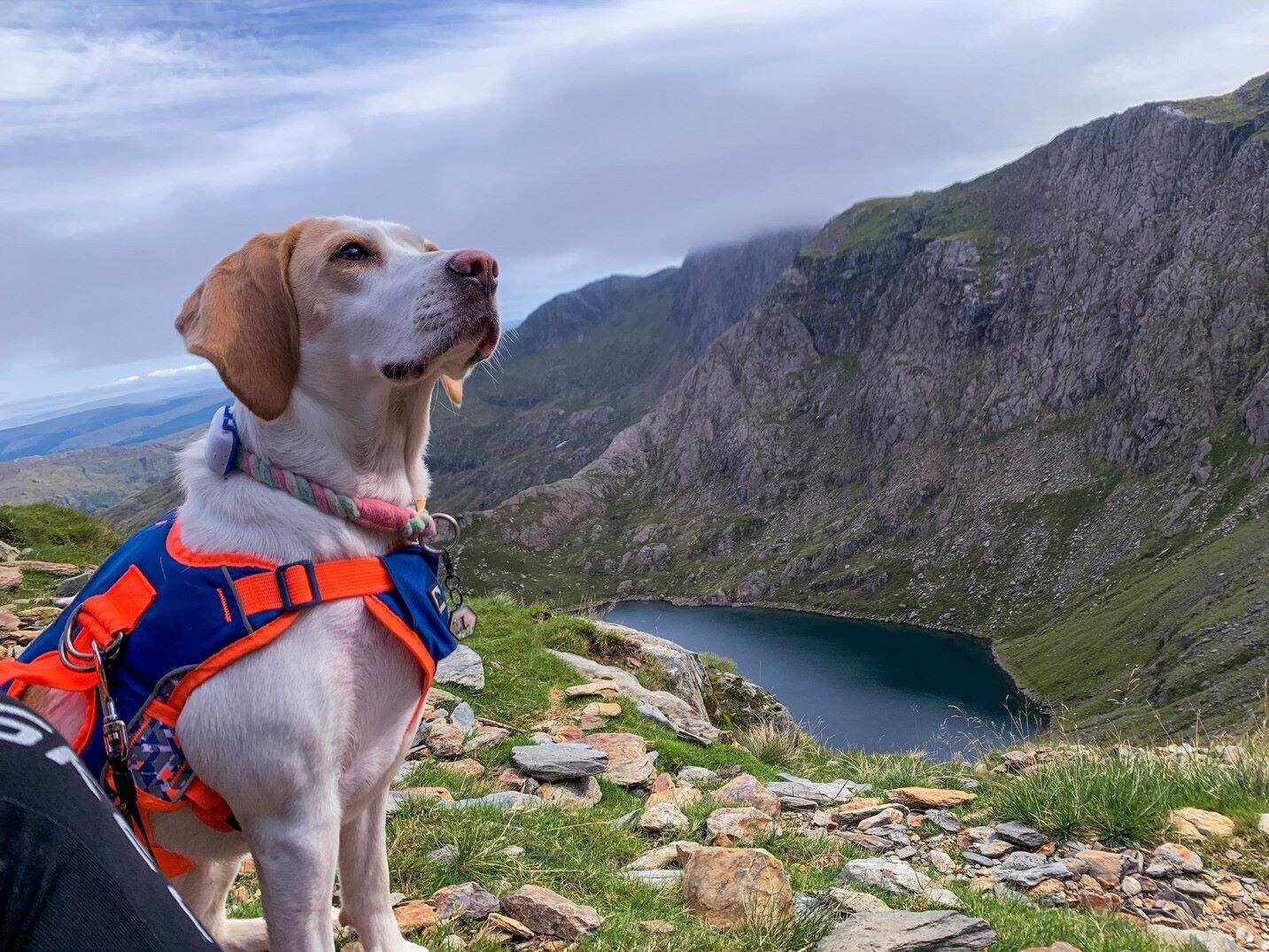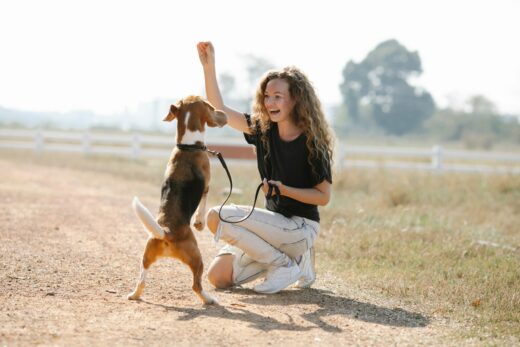From tracking down bad guys to sniffing out your neighbor’s barbecue – your furry friend’s sense of smell is nothing short of a superpower. But have you ever wondered just how far can dogs smell? And how their sense of smell is actually one of the major reasons why dogs run away – and get lost?
In this post, we’re going to cover what it means when you see a dog sniffing around like they’re on a mission. Let’s get started.
Table of contents
- So, how far can a dog smell?
- What can affect how far a dog can smell?
- Breed
- Training
- Terrain
- Weather conditions
- Age
- Where a dog’s sense of smell can save lives
- Search and rescue dogs
- Police sniffer dogs
- Tracking dogs
- Medical detection dogs
- How your dog sniffing around can end up getting lost – and what to do
- Keep your curious dog safe – with Tractive’s life-saving technology
- Never lose your dog again – no matter how far they smell or roam
So, how far can a dog smell?
On a good day, dogs can smell up to a distance of 12 miles (or 19 kilometers) around them! The exact range can, however, depend on factors like wind, the type of scent, and their environment. But your dog sniffing around isn’t just them being goofy – rather, it’s the primary way your buddy senses the world around them.
In fact, your dog’s sense of smell might even be their main sense.1 Which is why it’s thousands, if not millions, of times more sensitive than that of humans. For example, your dog has approximately 300 million olfactory receptors – while we have only around 5-6 million.

Dogs also have a sensory organ called the Jacobson’s organ, which allows them to detect pheromones and other chemical cues in scents. This is how your dog is able to sniff out who in their neighborhood might be in heat – and even our emotions, especially when we’re stressed or afraid. Which is why your dog always seems to know when you need a hug the most. (Or seems more restless and eager when they sense an upcoming “meet and greet” with the neighborhood female dogs.)
Now that we’ve covered the question, how far can dogs smell, here are some factors that can affect just how far.
What can affect how far a dog can smell?
When your dog picks up a scent, it’s a rich experience that helps them pick up a ton of information about who or what they’re tracking. But how far can dogs smell when, say, it’s raining or snowing? Or what about if they’re in a forest?
Your dog’s sensory superpowers can be affected by a ton of factors in their environment – and also their breed and training. So let’s explore some of them that might have an impact on your dog sniffing around.
Breed
Some dog breeds excel at sniffing things out than others. For example:
- Labrador Retrievers, German Shepherds, and Belgian Malinoises make for excellent police sniffer dogs because of their drive and trainability.
- Bloodhounds are known for their excellent tracking abilities, while Beagles are masters of sniffing out contraband items.
- Border Collies are excellent search and rescue dogs, sniffing out missing people and rescuing them in time.2

Training
With training and effort, you can vastly improve your dog’s ability to detect and identify different scents. Search and rescue dogs, for example, usually go through hours of intensive training before they qualify as such. Because their work involves them wandering long distances, they have to be able to reliably identify a scent and track it down to where it’s coming from. (No matter how remote an area it is.)
Some dogs also have a higher prey drive than others. Dogs like Pointers, Irish Setters, and Borzois have been trained for centuries to sniff out, track, chase, and capture prey. Which makes them excellent hunting dogs – who also tend to bolt at the slightest sight, sound, or smell to go and investigate.





